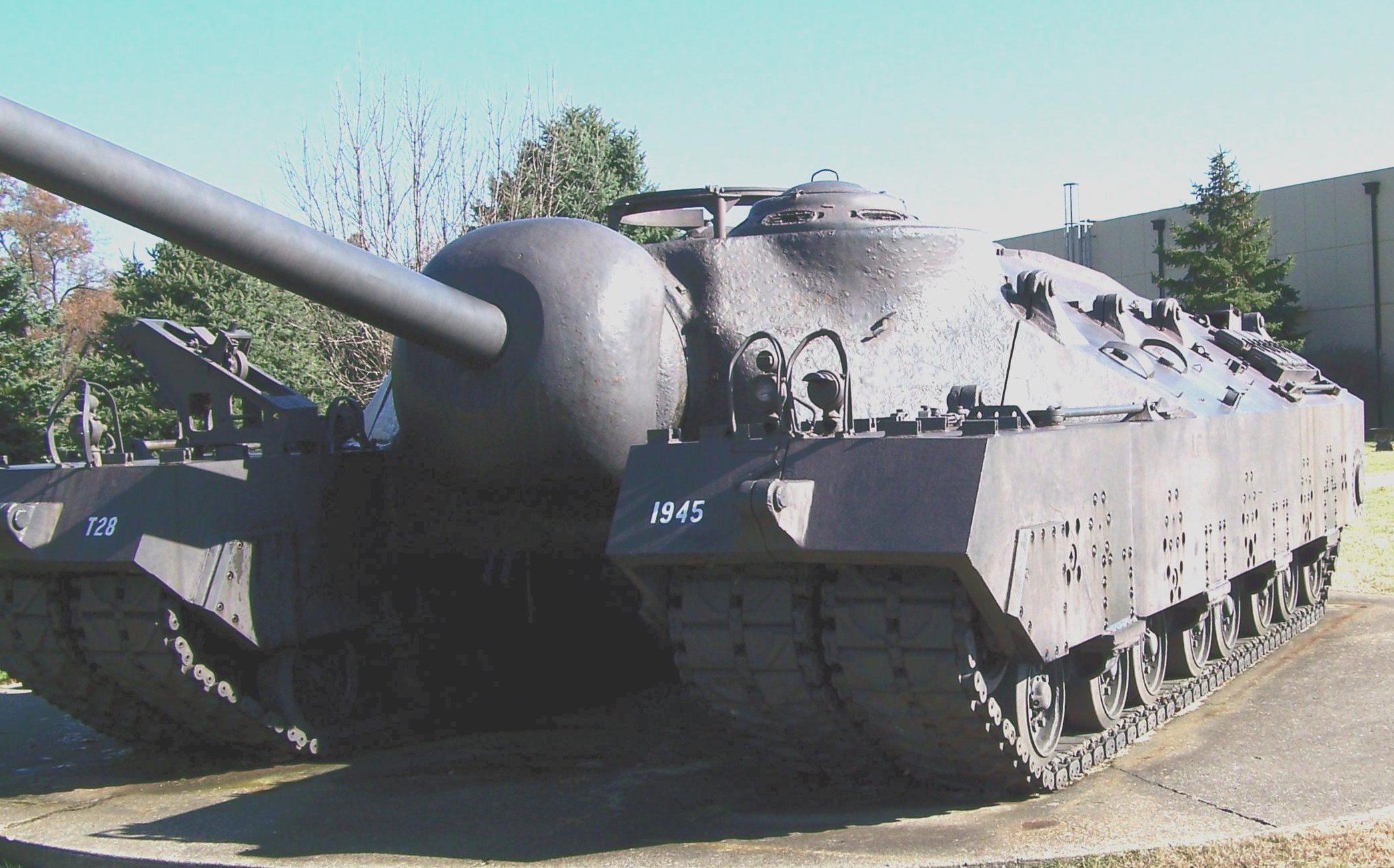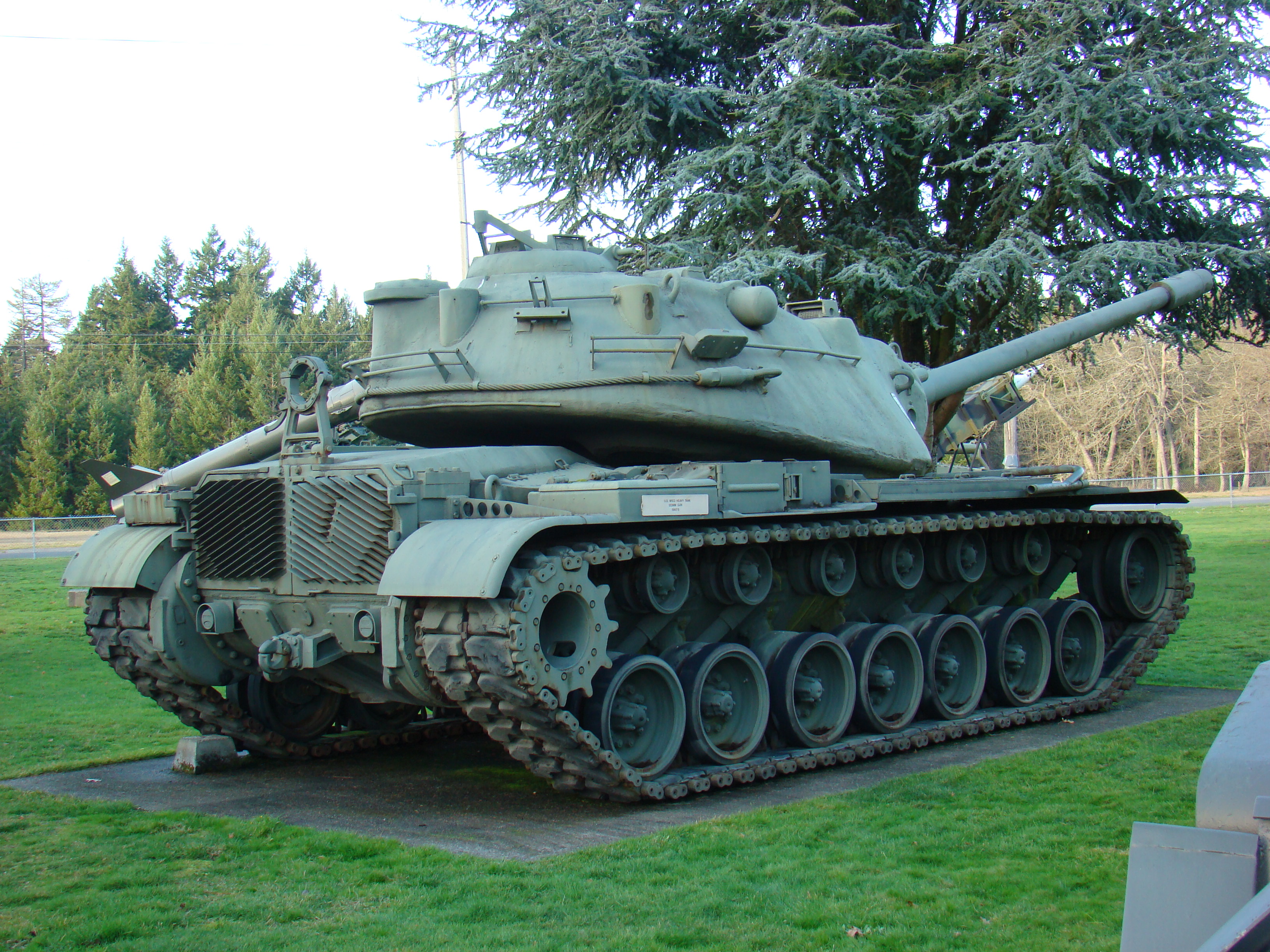

They’re armed with M60 and M48 main battle tanks (yes, the M48, as the treadhead version of Comic Book Guy will tell you, was introduced as a medium tank), and opposed by Soviet Army and Guards divisions that bring T62 and T54/55 main battle tanks to the dance (the T64 had just entered service, but had not yet reached the divisions of the GSFG). The game takes place in the Fulda Gap (thus the name), where the line is held by the West German Bundeswehr and the U.S. Under cover of Operation Danube, the massive movement of troops into heretical Czechoslovakia to offer “fraternal assistance,” the armies of the Warsaw Pact plunge into West Germany to fight a NATO alliance whose key member is distracted by the Vietnam quagmire. It’s an expansion book for Cold War: Fulda Gap 1968, the first but surely not last Panzer Grenadier (Modern) game to take the system to the hypothetical battlefields of Central Europe.

The heavy tank no longer had a place on the battlefield.īut some of them did remain in the depots of both sides, and that’s the theme of Panzer Grenadier (Modern): Heavy Tanks. The separate classes of tanks were giving way to a main battle tank that could perform many functions, with a balance of speed, protection and firepower. That line of thought sprang from German thinking, as the former allies had sought weapons to counter the massive Royal Tiger tanks and the even bigger tanks sure to follow.īy the 1960’s, that approach was finally seen as a dead end. For some decade after the Second World War, both the newly-rechristened Soviet Army and their Western rivals looked at very large and heavily-armored tanks as the backbone of their armored forces.


 0 kommentar(er)
0 kommentar(er)
